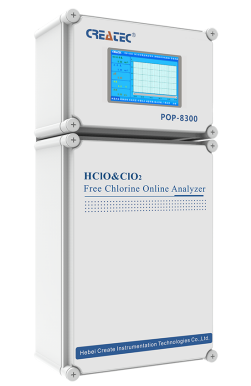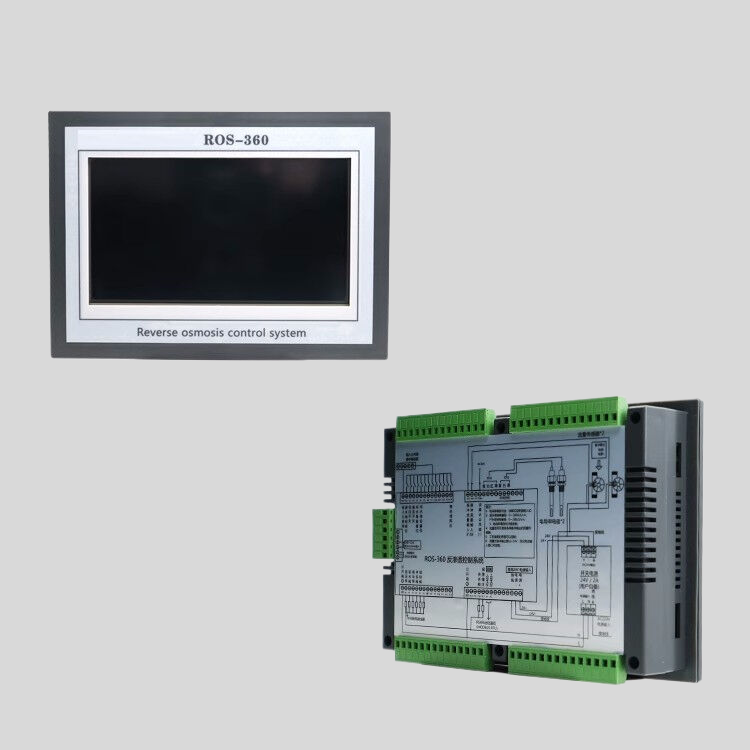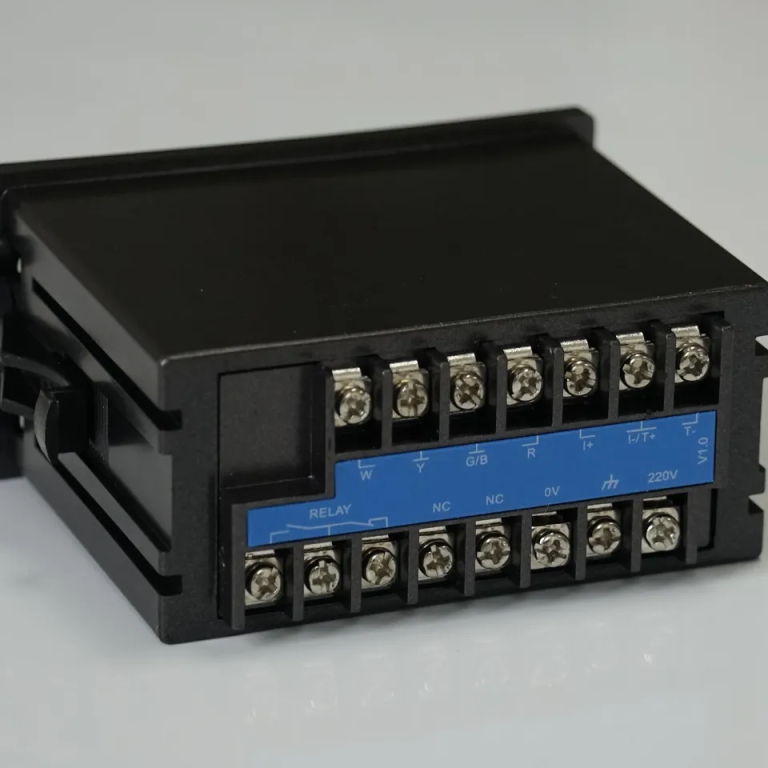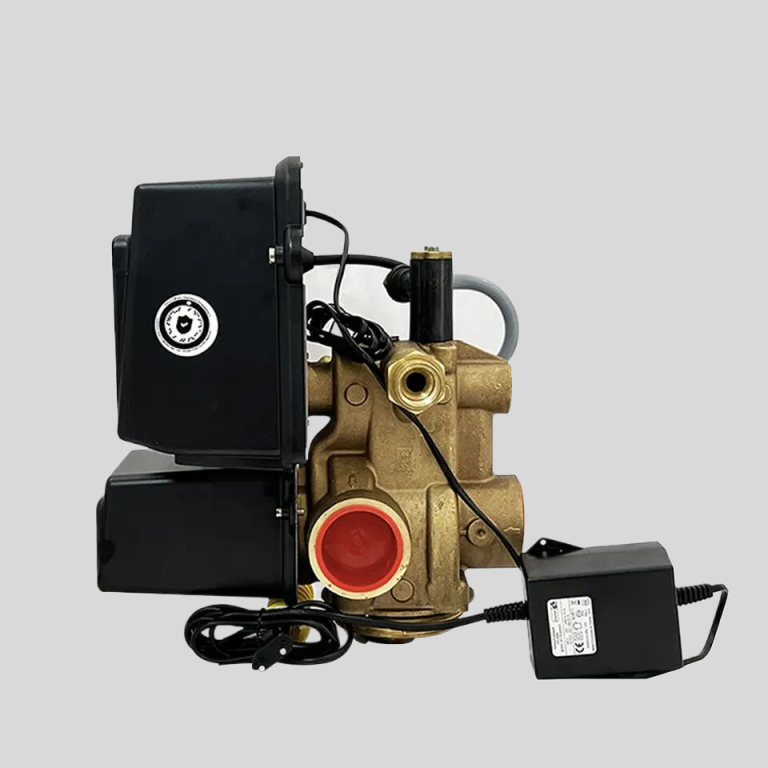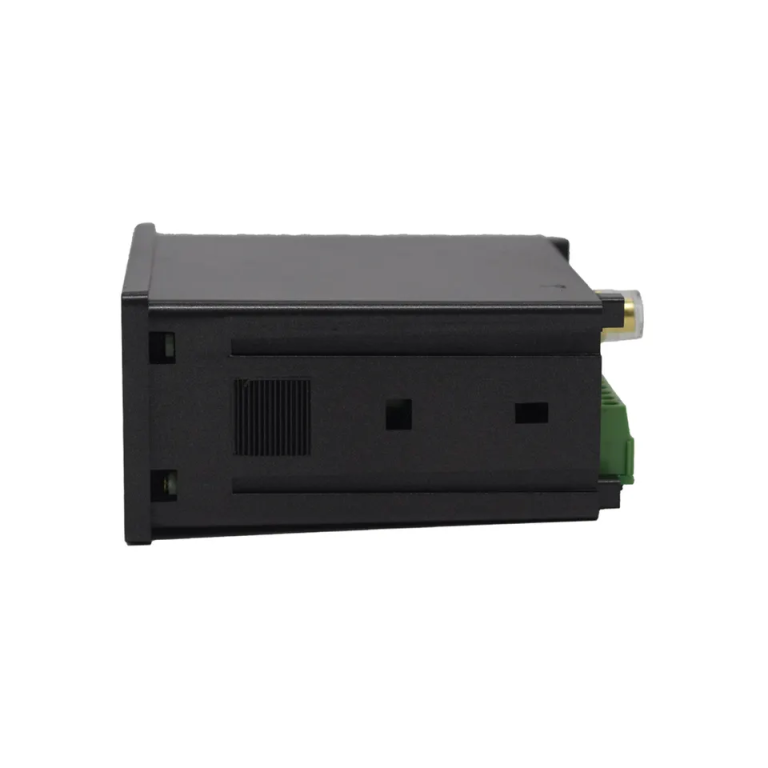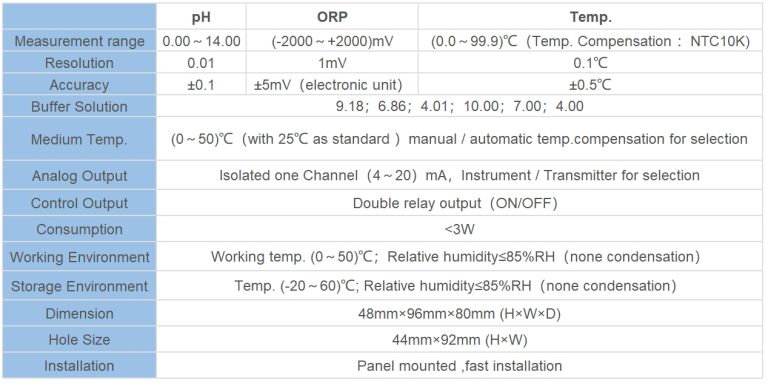Proper Calibration of Water Quality Tester
Proper calibration of a water quality tester is essential for maintaining a clean and safe swimming pool. A water quality tester is a device used to measure various parameters in the water, such as pH levels, chlorine levels, and total dissolved solids. By calibrating the tester correctly, you can ensure accurate readings and make informed decisions about the maintenance of your pool.
| Model | pH/ORP-8851/9900 pH/orp meter |
| Range | 0-14 pH; -2000 – +2000mV |
| Accuracy | \u00b10.1pH; \u00b12mV |
| Temp. Comp. | Automatic temperature compensation |
| Oper. Temp. | Normal 0\uff5e60\u2103; High temp 0\uff5e100\u2103 |
| Sensor | pH double/triple sensor; ORP sensor |
| Display | Big Screen LCD Screen |
| Communication | 4-20mA output/RS485 |
| Output | High/Low limit dual relay control |
| Power | DC24V/0.5A or AC85-265V\u00b110% 50/60Hz |
| Working Environment | Ambient temperature:0\uff5e50\u2103 |
| Relative humidity\u226485% | |
| Dimensions | 96\u00d796\u00d772mm(H\u00d7W\u00d7L) |
| Hole Size | 92\u00d792mm(H\u00d7W) |
| Installation Mode | Embedded |
To calibrate a water quality tester, you will need calibration solutions for each parameter you wish to measure. These solutions are typically available for purchase from pool supply stores or online. It is important to use the correct calibration solutions for your specific tester, as using the wrong solutions can result in inaccurate readings.
Before calibrating your water quality tester, it is important to ensure that the tester is clean and free of any debris or residue. This can be done by rinsing the tester with clean water and allowing it to dry completely before proceeding with the calibration process.
Once the tester is clean, you can begin the calibration process by following the instructions provided by the manufacturer. This typically involves placing the tester in the calibration solution and adjusting the settings on the tester until it displays the correct reading. It is important to follow the instructions carefully and make any necessary adjustments to ensure accurate calibration.
After calibrating the tester, it is a good idea to test it with a known sample of water to verify that it is providing accurate readings. This can be done by taking a sample of water from your pool and testing it with the calibrated tester. If the readings match the expected values, then the tester is properly calibrated and ready for use.
In addition to regular calibration, it is also important to properly store and maintain your water quality tester. This includes keeping it clean and dry when not in use, and storing it in a cool, dry place away from direct sunlight and extreme temperatures. Proper maintenance will help prolong the life of your tester and ensure that it continues to provide accurate readings.
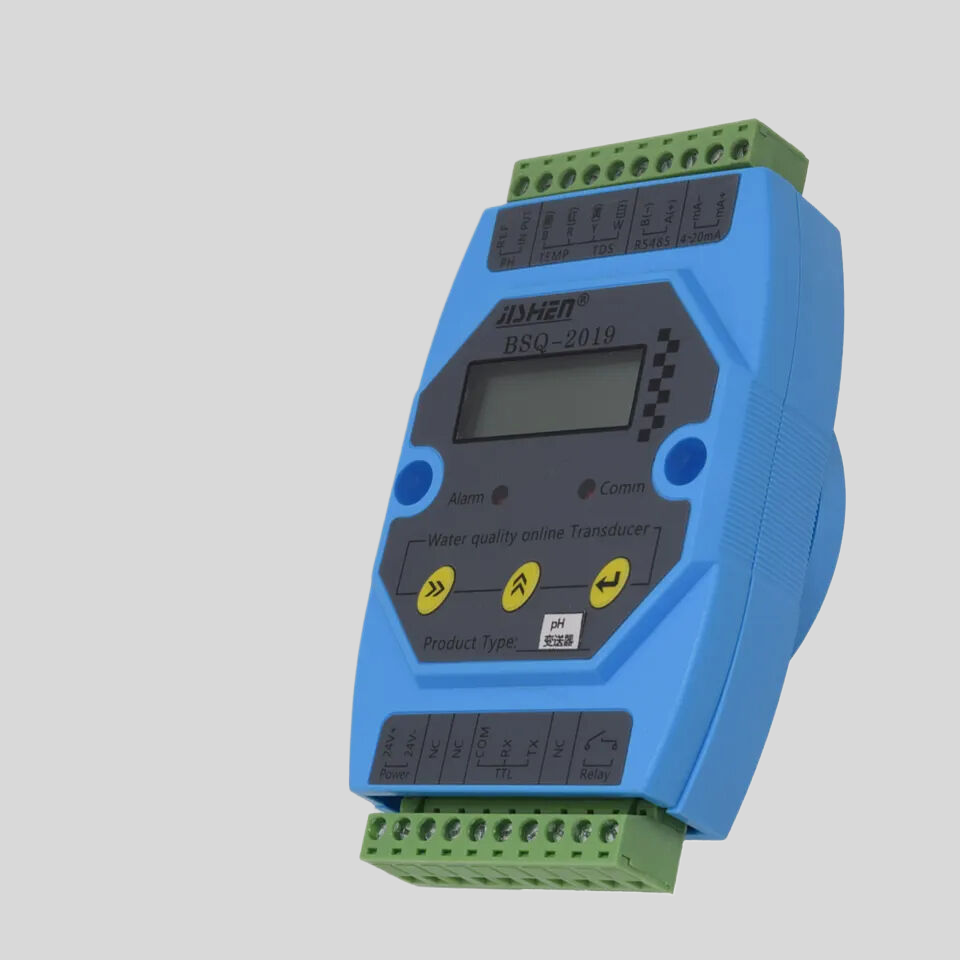
In conclusion, proper calibration of a water quality tester is essential for maintaining a clean and safe swimming pool. By following the manufacturer’s instructions and using the correct calibration solutions, you can ensure that your tester provides accurate readings and helps you make informed decisions about the maintenance of your pool. Regular calibration and proper maintenance will help prolong the life of your tester and ensure that it continues to perform effectively for years to come.

